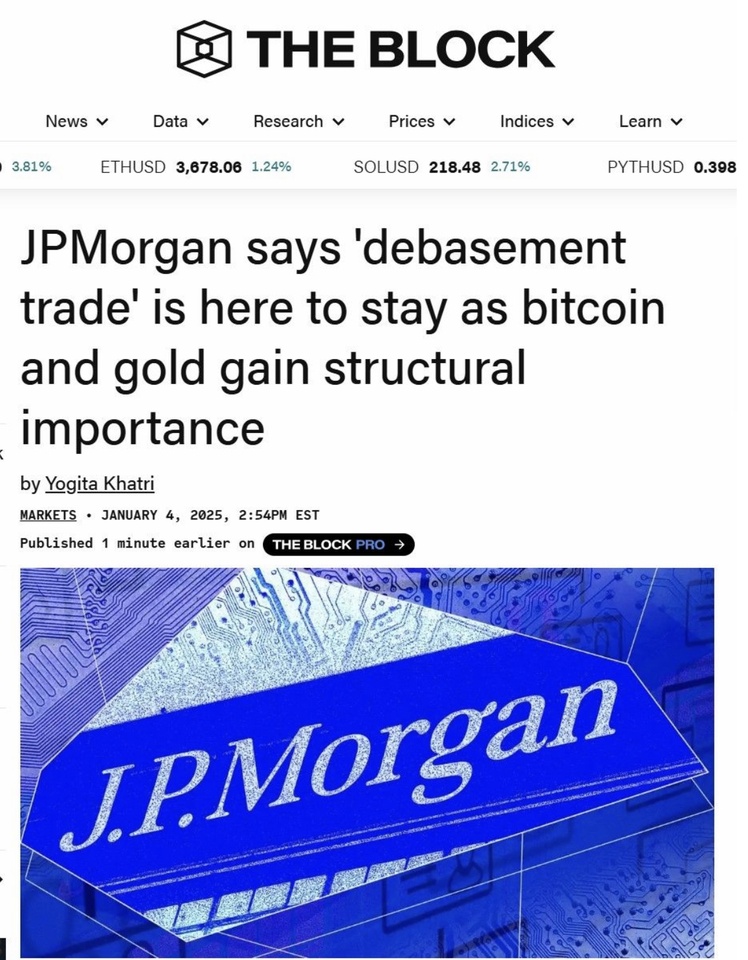Reading time: approx. 10 minutes
Many shares have performed very well recently. But where there has been nothing but upward movement for a long time, there will also be setbacks at some point. The market is currently reacting sensitively - even minor news leads to significant movements. One example is the recent concerns about the credit quality of smaller US regional banks, which triggered noticeable price losses yesterday and today.
This also raises the question of whether commodities could play a greater role again in the future - not as a substitute, but as part of a broader diversification. Especially in phases when stock markets react nervously, commodities can provide a tactical counterweight. This consideration gave rise to the idea of trading them systematically - not through emotion, but through rules.
The inspiration came from a natural gas trade that @Epi had presented. It was less exciting because of the result than because of the underlying dynamics. How can something like this be mapped using rules? When does momentum arise, when is a trend sustainable - and when does it end?
This is how the commodity rotation approach came about - an attempt to understand the movements of the commodity markets with technical discipline. The approach consistently relies on momentum: it does not aim to guess the bottom, but to accompany the strength. I have not yet tried it out in practice. But the structure is in place and it shows how a tactical, signal-based commodity approach can be constructed.
Commodities rarely move evenly. They move in waves, driven by demand, inventories, politics and currency. These movements are hardly predictable - but they are measurable. The approach therefore views the market as a rotating playing field: energy, metals, agriculture - capital constantly moves between these segments. The aim is not to predict where the next impulse will come from, but to invest where the trend is already visible. Only the strongest commodity counts - the rest is left out.
The universe comprises nine liquid underlying ETFs that can be traded via WisdomTree. Each represents its own cycle, together they form the entire spectrum of the global commodities market:
- $PHGP (+0,6 %) (Gold) - anchor of stability during periods of high uncertainty, typical counterbalance to risk assets.
- $PHAG (+2,9 %) (Silver) - more volatile than gold, with an industrial component, strong in bull phases.
- $CRUD (+0,35 %) (WTI oil) - central energy source, sensitive to OPEC policy and the economy.
- $NGAS (+7,14 %) (Natural gas) - highly volatile, weather and storage-driven, with high momentum in bottleneck phases.
- $COPA (+1,47 %) (copper) - leading indicator of the global economy, benefits from electrification and infrastructure.
- $PHPT (+7,68 %) (Platinum) - Precious metal with industrial significance, for example in the automotive and hydrogen industries.
- $WEAT (+0,23 %) (Wheat) - cyclical and weather-dependent, represents the agricultural sector.
- $CORN (-0,17 %) (Corn) - basic raw material for food and energy production, often parallel to oil and agricultural trends.
- $COFF (-0,61 %) (Coffee) - seasonal market with strong price fluctuations, influenced by climate and currencies.
Energy, industry, precious metals and agriculture are thus fully covered - without overlaps, but with sufficient breadth to make rotation visible.
The approach follows a fixed process that is reviewed weekly. A commodity is only included if its six-month performance is positive. It is only considered eligible for activation above one percent. This is followed by the trend check: the price must be above the GD50 and the short-term average (GD20) must exceed the GD50. Only then is the trend considered confirmed. The RSI serves as a control variable. Values between 50 and 70 signal stability, above 75 overheating, below 40 weakness. If the RSI rises too sharply or falls significantly, the approach reacts automatically: overheated movements are reduced, broken trends are sold.
The strength of the trend determines the leverage. If the six-month performance is over 10 %, a triple-leveraged ETF may be used. Between 5 % and 10 %, the 2× variant is used. Below this, the basic ETF is traded - the risk increases with the strength of the trend, not with your gut feeling.
The loss limitation is also clearly regulated. With the 1× variant, the exit takes place at a loss of more than 5 %, with 2× from 10 %, with 3× from 15 %. This means that the maximum risk per position remains constant. Profit protection takes place in two stages. If the RSI rises above 75 or the price falls below the GD50, half of the position is sold, while the rest continues to run as long as the long-term trend (GD50 > GD200) remains intact. If the price falls below GD200, the entire position is sold.
All signals are re-evaluated on a weekly basis. If another commodity outperforms in the ranking, an exit is also made - the position is rotated. The approach never holds more than one position at a time.
For a better overview, the rules can also be summarized in a condensed form:
- Momentum: Only active commodities with a positive six-month performance (> 1 %).
- Trend structure: Price > GD50 and GD20 > GD50 as a prerequisite for long signals.
- RSI filter: Entry only at 50 < RSI < 70; above 75 partial sell, below 40 sell.
- Leverage control: performance > 10 % → 3× ETF; 5-10 % → 2× ETF; < 5 % → basis.
- Stop loss: - 5 % (1×), - 10 % (2×), - 15 % (3×).
- Take profit 1: RSI > 75 or price < GD50 → 50 % Verkauf, Rest halten bei GD50 > GD200.
- Take profit 2: Price < GD200 → complete sell.
- Rotation: Weekly re-evaluation - in the event of a stronger commodity or violation of one of the rules → exit and switch.
This summary shows that the approach does not rely on intuition, but on clear, repeatable decision-making logic. It is not about the perfect forecast, but about reacting consistently - that is the core of every momentum strategy.
It is easy to see how this works in practice. Climbs $CRUD (+0,35 %) rises to a six-month performance of +12 %, GD20 > GD50, RSI = 63, the entry is made via the 3× ETF. If the RSI later rises above 75, half is sold. If the price falls below GD200, the complete exit follows. Or: If another commodity in the weekly ranking, such as $COPA (+1,47 %) (copper), provides stronger signals, a switch is also made. In this way, the approach remains flexible, but consistently rule-based.
The commodity rotation approach is not a rigid trading system, but an attempt to bring structure to the volatility of the commodity markets. It defines when an entry is justified, how much leverage is allowed, when profits should be secured and when to consistently exit - be it through a trend break or through relative weakness compared to the rest of the universe.
I have not yet put this approach into practice. But developments have already shown how helpful it can be to replace emotions with rules. Whether it proves itself in practice remains to be seen.
What do you think of the approach?
Are raw materials missing - or could some be removed?
What do you think of the rules - are they plausible?
Let's discuss this idea.









